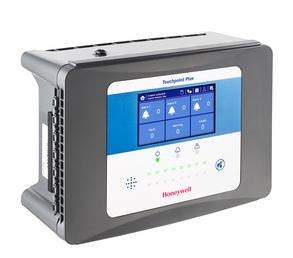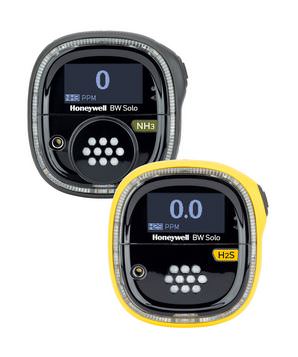Does your workplace have equipment that could affect the quality of the air you’re working in? Many industrial, commercial and medical settings house equipment containing different gases, or they have machinery and metals that can affect oxygen levels – and that can be really dangerous.
An HSE assessment of your workplace will have been carried out, and occupational health will have made recommendations, but proper monitoring of the oxygen around you is still essential. At EGM we can advise you, offer a free site survey, and provide specialist equipment for all budgets.
Oxygen, we need it to survive
Oxygen
Oxygen is essential for human life, and we rightly think of it as pretty amazing stuff. However, too much, or too little, is harmful and can be fatal. Too much will cause a serious fire risk, but too little causes rapid breathing, a racing heartbeat, drowsiness and nausea. These symptoms can quickly lead to unconsciousness and even death.
Keeping the levels of oxygen steady around you is trickier than you might realise in certain environments. The ideal amount is a very specific 20.9%, but anything under 20%, or over 23%, and you could find yourself with sick employees, or at risk of a very serious fire.
Too much of a good thing
Lately, we’ve been working to make sure oxygen levels are safe in a variety of busy medical settings. However, it’s not just medical equipment causes concern. Pure oxygen is an essential part of many commercial procedures. It needs to be contained and monitored properly, as any leaks can cause what’s known as an ‘enrichment hazard’.
Something as simple a naked flame, or a faulty electrical appliance could cause an intense fire that could easily accelerate out of control. Simple materials that may not be obviously flammable could smolder and burst into flames, if oxygen levels creep above 24%.
Common lubricants, such as oil and grease, can be particularly hazardous in the presence of too much oxygen. They can ignite spontaneously, and burn with explosive ferocity. Of course, in any oxygen-enriched atmosphere, smoking is extremely dangerous!
Too little is no good either
The reverse of an enrichment hazard is of course, oxygen depletion. In a workplace or facility where inert gases like nitrogen, helium or argon are stored, any leaks or release of these gases upsets the fine balance in the air, and will deplete oxygen levels.
In a contained environment where there’s a large amount of rust, or oxidisation – for example in areas of a ship that might have been sealed off most of the time – the rusting process will use up oxygen in the atmosphere. If this type of area doesn’t have enough ventilation, there could be a risk of asphyxiation for anyone entering.
What can you do?
It’s essential in any workplace, for Health and Safety assessments and procedures to be kept up to date, and occupational health assessments should be in place for workers who need to be in risky atmospheres. It’s especially important for those who need to do a physically active job, or for employees who are pregnant.
EGM can help with our tried and tested selection of single gas oxygen monitors and fixed gas detection systems from all of the major manufacturers. All of our oxygen monitoring equipment is designed to simultaneously measure oxygen enrichment and depletion, so you can be confident that your workplace is safe and healthy.

We’d be delighted to visit you, free of charge, help you make sure everything is as it should be, and that you’ve got your balance just right.
